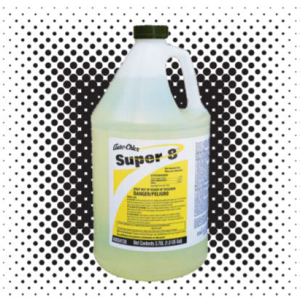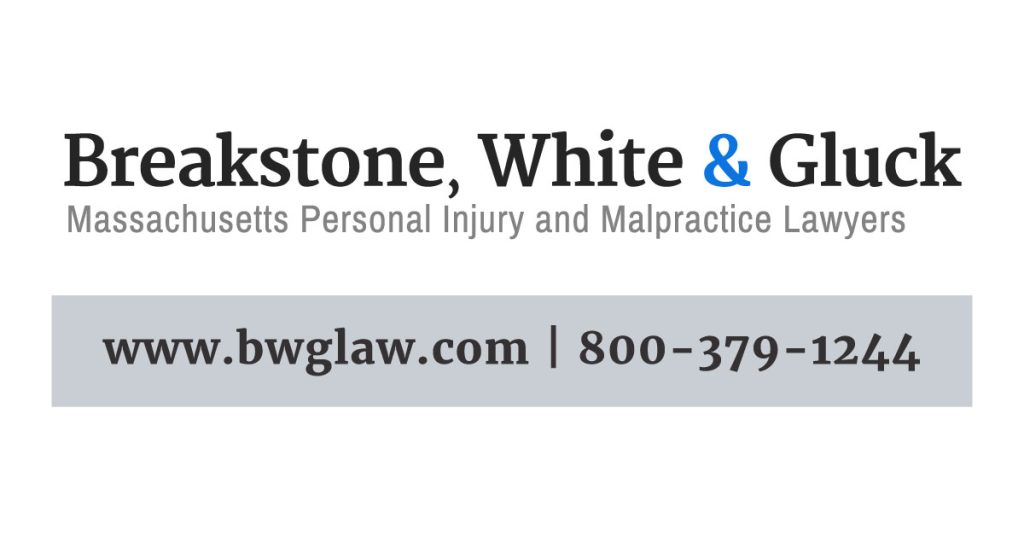Chemical Exposure
FDA Warns Public About Dangerous Hand Sanitizers
In Massachusetts, we are washing our hands and using hand sanitizers as much as we can. We all want to do our part to prevent the spread of COVID-19. But now, it’s time to check your supply of sanitizer. The Food and Drug Administration (FDA) is urging the public to steer clear of nine brands because they contain methanol, a toxic substance.
Methanol is often used in industrial settings, where high concentrations of methanol vapor can lead to poisoning, according to the Centers for Disease Control and Prevention (CDC). It is also called wood alcohol and is highly flammable.
Methanol can also be harmful when you handle it or absorb it through your skin, according to the FDA. The greater risk, though, is children or adolescents who may drink or ingest hand sanitizer. Certain adults may also be at risk or may have consumed the clear liquid accidentally. Parents and caregivers should respond immediately if they suspect a methanol hand sanitizer poisoning.
The hand sanitizers identified by the FDA show particularly high levels of methanol. Testing found one product contacted 81 percent methanol and no ethanol.
The FDA had asked Eskbiochem SA de CV of Mexico to remove the hand sanitizers from the market last week. When there was no response, the FDA issued its public warning on Friday (June 19, 2020).
The FDA advises consumers to avoid these hand sanitizers:
- All-Clean Hand Sanitizer (NDC: 74589-002-01)
- Esk Biochem Hand Sanitizer (NDC: 74589-007-01)
- CleanCare NoGerm Advanced Hand Sanitizer 75% Alcohol (NDC: 74589-008-04)
- Lavar 70 Gel Hand Sanitizer (NDC: 74589-006-01)
- The Good Gel Antibacterial Gel Hand Sanitizer (NDC: 74589-010-10)
- CleanCare NoGerm Advanced Hand Sanitizer 80% Alcohol (NDC: 74589-005-03)
- CleanCare NoGerm Advanced Hand Sanitizer 75% Alcohol (NDC: 74589-009-01)
- CleanCare NoGerm Advanced Hand Sanitizer 80% Alcohol (NDC: 74589-003-01)
- Saniderm Advanced Hand Sanitizer (NDC: 74589-001-01)
The agency advised consumers to carefully inspect sanitizers in their home before use and immediately dispose of these in appropriate hazardous waste containers. Consumers should not flush sanitizer or pour it down the drain. Read the FDA notice.
Symptoms of Methanol Poisoning
Methanol exposure can lead to methanol poisoning and severe symptoms, starting with nausea, vomiting, headache and blurred vision. In the worst cases, those exposed can suffer permanent blindness, seizures, comas or permanent damage to the nervous system. Methanol poisoning can also result in death.
How Safe is Your Hand Sanitizer?
Hand sanitizer was in short supply for months. But you can now probably find your own bottle. If you use hand sanitizer, make a point to carry your own. Carefully read the label and regularly check the FDA website for recalls.
Hand sanitizer is a clear gel. It all looks the same, but each brand has a different alcohol content. For instance, your small pocket sanitizer probably has less alcohol than a nursing home or hospital, which has to meet greater fire safety regulations.
Our point is it would be hard to tell if you were being offered sanitizer with a high level of methanol or any dangerous substance. It’s better to control your own supply. Read about the FDA’s work to ensure the safety of hand sanitizers.
Wash Your Hands Safely
The FDA reminds consumers to regularly wash their hands often with soap and water for at least 20 seconds. When soap and water are unavailable, the CDC recommends an alcohol-based hand sanitizer which contains at least 60 percent ethanol. Visit the FDA’s website to learn more about hand sanitizer safety.
Free Legal Consultation – Boston Personal Injury Lawyers
Breakstone, White & Gluck has extensive experience representing those injured by defective products, including those which contain toxic chemical substances.
Manufacturers of cleaning supplies, hand sanitizers and detergents have a responsibility to produce safe products and conduct thorough testing before distribution. End users, including restaurants, industrial workplaces and labs, also have a responsibility to follow safety guidelines when using chemical products. Mishandling chemicals can lead to chemical exposure, fires or serving clients unsafe food and beverages.
If you have been injured by a chemical exposure or explosion, learn your legal rights. For a free legal consultation, contact Breakstone, White & Gluck at 800-379-1244 or 617-723-7676. You can also use our contact form.
Chemical Inhalation Exposure Kills Restaurant Employee
 A tragic chemical exposure has claimed the life of a worker at the Buffalo Wild Wings restaurant in Burlington. Ten other restaurant employees and patrons also reported inhalation injuries.
A tragic chemical exposure has claimed the life of a worker at the Buffalo Wild Wings restaurant in Burlington. Ten other restaurant employees and patrons also reported inhalation injuries.
The Boston Globe reported that a male employee cleaning the kitchen with a product called “Super 8” was overtaken by nausea. The employee stepped outside to catch his breath. A second employee who attempted to remove the cleaner became sick and subsequently died from inhalation injuries. According to the Globe, the 10 other employees and restaurant patrons reported shortness of breath, burning eyes and other symptoms of chemical exposure for which they were treated at local emergency rooms.
News reports identified the caustic cleaning agent as “Super 8”, a sodium hypochorite concentrated solution which is intended for use as a general-purpose sanitizer empty stain or for manual or automatic dishwashing. When inhaled, the fumes cause severe bronchial irritation and pulmonary edema.
Chemical exposures in restaurants occur with alarming frequency. Breakstone, White & Gluck has represented several victims of chemical exposures due to inhalation and caustic burn injuries. In our experience, inhalation injuries such as the recent Buffalo Wild Wings incident occur as a result of the failure to provide:
- adequate ventilation;
- adequate airway protective gear
- ill-advised mixing of chemical agents
- adequate skin protective gear
Breakstone, White & Gluck has a track record of success in obtaining justice for victims of serious respiratory and burn injuries caused by chemical exposures in the workplace. In many of these cases, the exposures result in life-long respiratory injuries, scarring and emotional distress.
Recent cases:
- Our attorneys represented a worker who inhaled chlorine at the Deer Island Waste Facility in Boston and suffered severe burns which temporarily handicapped him, leaving him unable to work.
- Our attorneys represented a restaurant worker who consumed tainted beer from a recently sanitized beer tap. The lines had been chemically sanitized, but not properly flushed, resulting in ingestion of chlorine which caused esophageal burns.
Free Legal Consultation – Breakstone, White & Gluck of Boston
We would welcome the opportunity to review your potential claim related to chemical exposure and inhalation injuries or burns to see if we can assist you in obtaining full and fair monetary compensation.
Please contact the Boston personal injury lawyers at Breakstone, White & Gluck for a free and confidential legal consultation. Call 800-379-1244 or 67-723-7676 or use our contact form.



